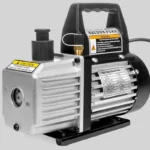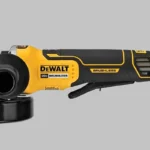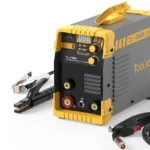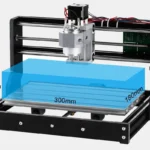The landscape of power tools has evolved significantly, driven by technological advancements that offer more choices to consumers. Understanding whether to invest in corded or cordless power tools is essential, depending on the nature of your projects and work environment.
Advantages of Corded Power Tools
Consistent Power Supply: Corded power tools are prized for their reliability. They provide a steady power output, essential for tasks that require sustained energy, such as cutting through thick materials or continuous sanding. This makes them indispensable for prolonged use in workshops or construction sites where power outlets are readily available.
Cost-Effectiveness: Generally, corded tools are less expensive than their cordless counterparts. They have a simpler design without the need for batteries or charging systems, which also reduces their maintenance costs over time. For budget-conscious shoppers or occasional users, corded tools offer a practical, economical choice.
Advantages of Cordless Power Tools
The primary advantage of cordless tools lies in their mobility. Without the need to be tethered by a power cord, they can be used anywhere, which is particularly beneficial on construction sites or for outdoor projects. This flexibility allows for easier handling and access to tight spaces.
Recent years have seen significant improvements in battery technology, with lithium-ion batteries leading the charge. These advancements have increased the power output and runtime of cordless tools, making them more comparable to corded tools in performance. Modern cordless tools can handle most of the demanding tasks previously reserved for corded varieties.
Considerations for Choosing Between Corded and Cordless
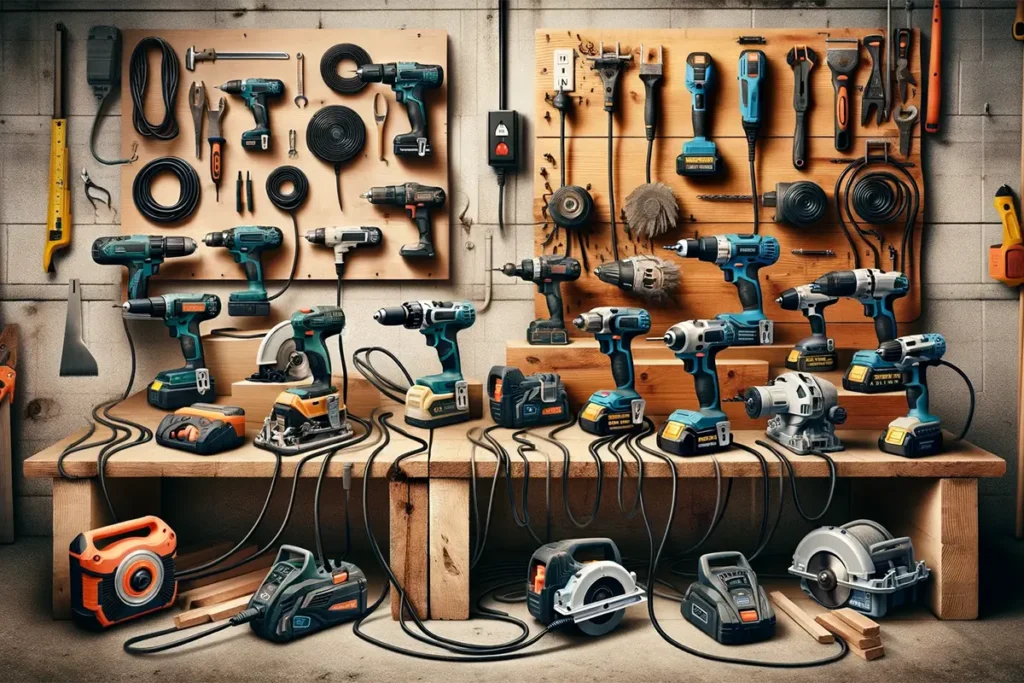
- Power Needs: Evaluate the power demands of your projects. Corded tools might be necessary for high-energy tasks like continuous heavy-duty cutting or grinding.
- Frequency of Use: Think about how often and how long you’ll use the tool. For intensive, long-duration tasks, corded tools might be preferable due to their uninterrupted power supply.
- Budget: Consider both initial costs and long-term expenses. Cordless tools can be more costly upfront due to batteries and chargers, but offer greater convenience and portability.
Innovations in Battery Technology
Battery technology has made leaps in terms of power density and efficiency. Modern batteries, like stacked lithium pouch cells and tabless batteries, offer higher energy outputs with less bulk, enhancing the usability of cordless tools. These innovations help close the gap in performance between corded and cordless tools, providing users with more versatile and powerful options.
Case Studies
Including real-world applications can illustrate the practical differences between these tool types. For instance, a corded circular saw might perform better in a shop setting for repeated, heavy-duty cuts, while a cordless drill offers unparalleled convenience for quick, on-the-go jobs across a large construction site.
The decision between corded and cordless tools does not have a one-size-fits-all answer. It depends on specific needs, project types, and personal preferences. By considering the advantages each type offers and the nature of the work to be done, you can make an informed choice that enhances your productivity and work quality. Whether you value power and endurance, or flexibility and innovation, there’s a tool type that aligns with your requirements.

Matthew Dowell
Matthew, a seasoned builder from a family of craftsmen, leads Tools Trove. His passion for tools and decades of hands-on experience fuel his commitment to providing expert reviews and insightful content. Whether you’re a pro or a DIY enthusiast, Matthew’s guidance ensures informed decisions in the world of tools.

